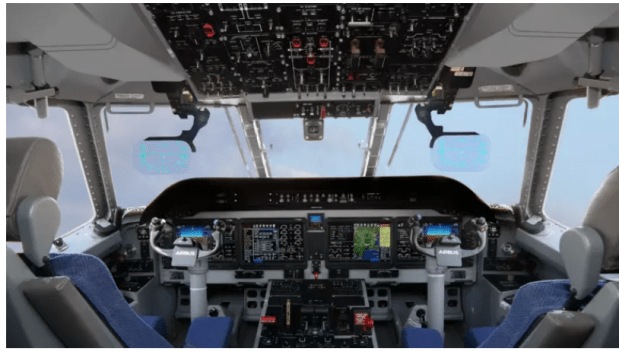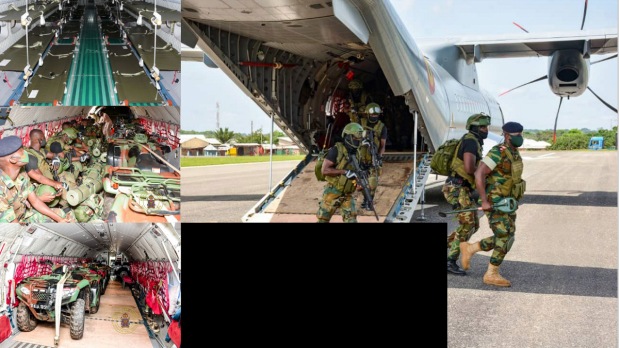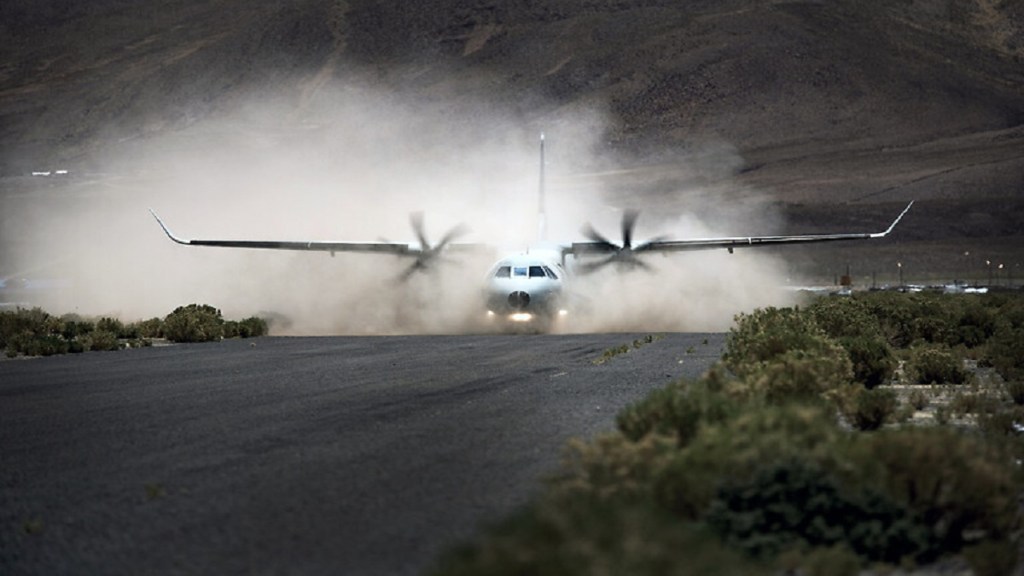In a significant boost to tactical military transportation, the Indian air force (IAF) is soon to acquire its first military transport aircraft — C295.
According to the official from Airbus, C295 has successfully completed its maiden flight to India, marking a significant milestone towards its delivery by the second half of 2023. The tactical aircraft took off from Seville, Spain, on 5 May.
“This first flight represents a significant accomplishment for the first Make in India aerospace programme. With the Indian Air Force set to become the largest operator of the C295 in the world, this programme exemplifies our commitment to improving the Indian Air Force (IAF) operational capabilities,” said Jean-Brice Dumont, Head of Military Air Systems at Airbus Defence and Space.
This is the first time a private sector company would be assembling a full military transport aircraft in the country.
The Request for Proposal (RFP) was issued to global firms in May 2013 and the sole bid by Airbus and Tata Advanced Systems Limited (TASL) was approved by the Defence Acquisition Council in May 2015. On September 24, 2021, the Ministry of Defence (MoD) signed a ₹21,935 crore contract with Airbus Defence and Space for the acquisition of 56 C-295MW aircraft along with associated equipment.
The C295: Modernizing military transportation
India acquired 56 C295 aircraft in September 2021 to replace the (IAF) legacy AVRO fleet. The first 16 aircraft will be assembled in Seville, Spain, and delivered to the customer in ‘fly-away’ condition.
Earlier the aircraft was produced by Construcciones Aeronáuticas SA (CASA, a Spanish aircraft manufacturer) that is now part of Airbus Defence and Space. The C295’s production remains at Airbus’ facility in Spain. Besides India, the aircraft has received orders from military and civil operators all over the world, including Canada, Egypt, Spain and Indonesia.
The following 40 aircraft will be manufactured and assembled by Tata Advanced Systems (TASL) in India as part of an industrial partnership between the two companies. The remaining 40 aircraft will be manufactured in India to be delivered between September 2026 and 2031 at the rate of eight aircraft per year.
The C295 Final Assembly Line being built in Gujarat is the first concrete, large-scale Make-in-India defence programme in the private sector that will unlock the industrial value chain of design, manufacturing, assembly, testing, delivery, and maintenance of the complete lifecycle of the aircraft, the Airbus said in a statement.
The global C295 programme comprises a total of 280 orders from 39 operators.
Tactical and technical
The next generation C295 leverages the family of tactical airlifters –C212 and CN235—which were developed in the 1970s. The New C295 incorporates many significant improvements, beginning with the avionics which enhances its operation and mission performance while maintaining its reliability and core untouched.
The new avionics assimilate the optimum situational awareness for the pilot, integrating with Synthetic Vision System (SVS), Overlaid Weather Radar information, Terrain Awareness and Warning System (TAWS) and Display in the cockpit of the Tactical Situation Window.

“That is the widest spectrum of display on the four 14.1” screens for rapid access to flight planning and other important aircraft systems information with graphical flight-planning capability,” explained a military pilot who flew C295.
The C295’s new avionics also embed weather radar with wind shear and turbulence prediction.
Maintenance remains the key feature of C295 with sustainable flying hours as often required for military conflicts. For example, the Spanish Air Force deployed two C295s to Chad for 11 months, flying some 160 Flight Hours (FH) a month in support of a EUFOR mission. “The ease of maintenance during arduous operational deployments with exceptionally high usage rates achieving availability in excess of 95%,” explained a former military pilot of the IAF.
One of the unique features of the C295 is the ability to start off the engines by using its batteries, which allows the aircraft to operate in remote areas without ground support equipment. Furthermore, on the ground, the engine gas generator can function in an Auxiliary Power Unit (APU) mode which allows an aircraft to operate autonomously without the support of a ground power unit.
The C295 is powered by two specially designed Pratt & Whitney Canada PW127G turboprop engines driving six-bladed Hamilton Sundstrand Type 568F-5 propellers.

In terms of capacity, the C295 lateral seats can accommodate up to 70 troops, including four located at the rear lateral doors which are also attached to hard points for additional seats.
Interestingly, the C295 can conduct airdrop operations of combat-ready paratroopers, seated in a two-row configuration, through military free-fall from either the ramp or the two doors on either side of the aircraft fuselage.
In addition, the total load capacity of C295 includes the airdrop loads of up to 8000 kg in a single pass and mixed airdrops of cargo (Heavy equipment) and paratroops with its unique Gravity Ejected Platform (GEP) and Container Delivery System (GEP).
Combat survivability
A military aircraft in a hostile environment will be subjected to aerial attacks from ground and air.
In terms of combat survivability, the C295 can be integrated with Radar Warning Receiver (RWR) and Missile Approach Warning System (MAWS).
More so, the C295 can also be equipped with the Chaff and Flares Dispenser, Laser Warning Receiver (LWR), cockpit armour and Directional Infrared Countermeasures (DIRCM).
With such combat capability, what works is the convertibility of the aircraft into an Air-to-Air refuelling kit as the C295 can operate as a tanker for other C295s or helicopters.

